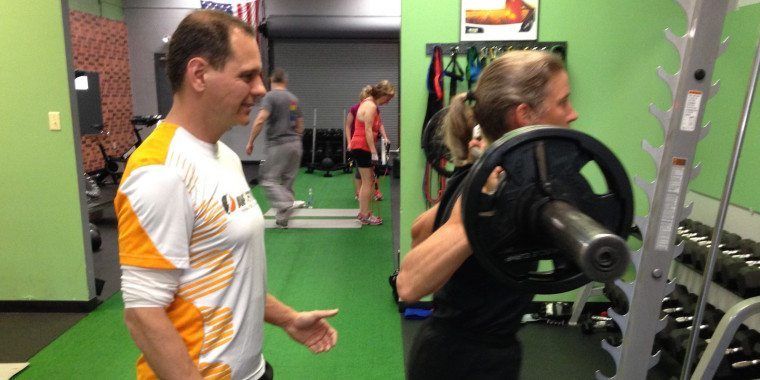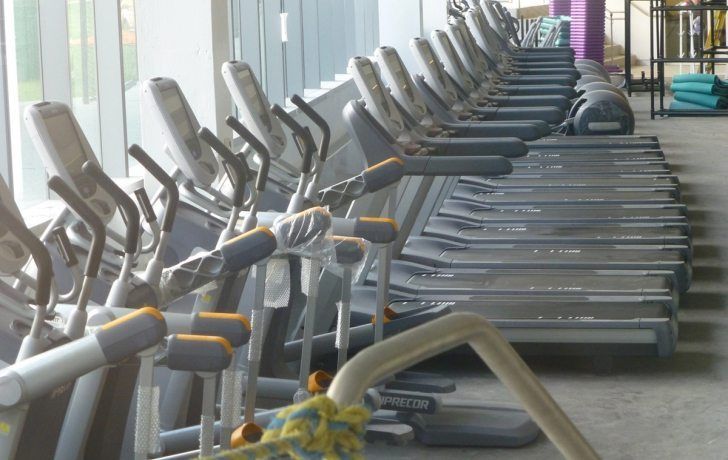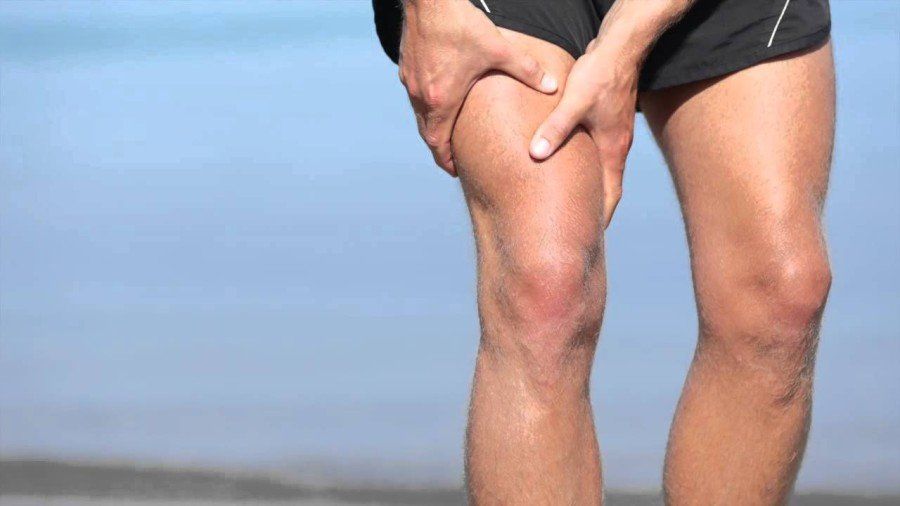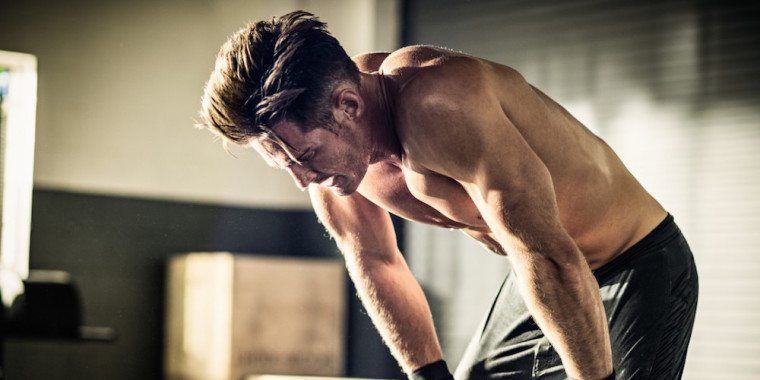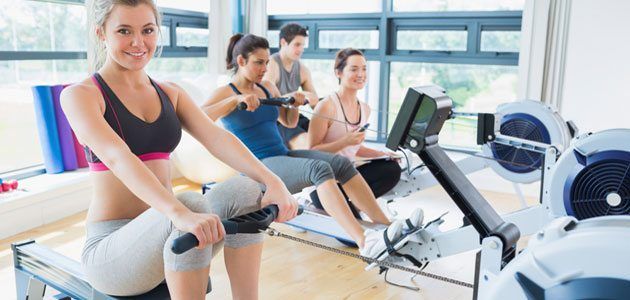Rowers burn major calories while also offering a full-body workout, making them one of the most efficient exercise machines you will come across in a gym.
The primary muscles worked during a row are the quadriceps, hamstrings and gluteals, but the shoulders, back and arms also get in on the action. Rowing is also great for your core because the abdominals are engaged throughout the entire motion. Because the rowing machine is a low-impact exercise, it’s a great option for those with joint issues.
Using a rowing machine will also provide an endurance exercise that increases your heart function and uses up carbohydrates to provide the energy required to exercise. Keeping the rowing machine tension at a low level allows you to maintain a high rate of speed with little resistance, which in turn helps you reach and maintain an aerobic state.
And putting in a good aerobic workout helps to improve lung, heart and circulation systems and is the cornerstone of an effective exercise routine, according to MayoClinic.com.
Proper Technique
Rowing machines come in two varieties: with bars that simulate ores or a cable and hand attachment that you pull back on (like the one we have at AMP).
No matter which variety you use, start by sitting at the forward part of the machine with your feet placed on the footpads and your knees fully bent. With your arms extended, grab the handle or bars and lean your torso toward your thighs. Keep your arms extended as you push with your legs until they are almost straight without locking your knees. At this point, lean your upper body back. Follow that by pulling your hands toward your ribcage while keeping your elbows as close in as possible.
For the return, just repeat everything in reverse order and always remember to lean forward with your arms extended at the end of the move.
Calorie Burn
According to Harvard Health Publications, rowing at a moderate pace for 30 minutes burns about 210 calories for a 125-pound individual and 311 calories for a 185-pound individual. For vigorous rowing, those numbers are 255 and 377, respectively. Using a calories burned calculator, you’ll find that 30 minutes of “extreme” rowing will generally burn almost 50 more calories for someone at 125 pounds and more than 70 additional calories for someone at 185 pounds.
Going By the Numbers
If you’ve ever used a rowing machine, you know that it can feel more difficult than cardio machines that mostly work your legs. For this reason, it is easy to simply ignore the readouts that would give you an idea of your intensity. But you should pay attention to your stroke rate, which is the number of times you go through all the motions of rowing, and your split time, which measures the force of each stroke. A higher stroke rate gives you more of a cardio — or calorie-burning — workout, while a lower stroke rate will involve more muscle.
Weight Loss Guidelines
Because rowing involves the entire body, it can be more taxing than other cardio workouts. Therefore, if you want to last for a longer workout, say 30 minutes, your maximum stroke rate should be no more than 20 to 30 strokes per minute. As with other cardio, you can also try intervals: doing a moderate pace of less than 20 strokes, then every five minutes doing 20 to 30 strokes for one minute.
(Information for this article was sourced from livehealthy.chron.com and livestrong.com.)
